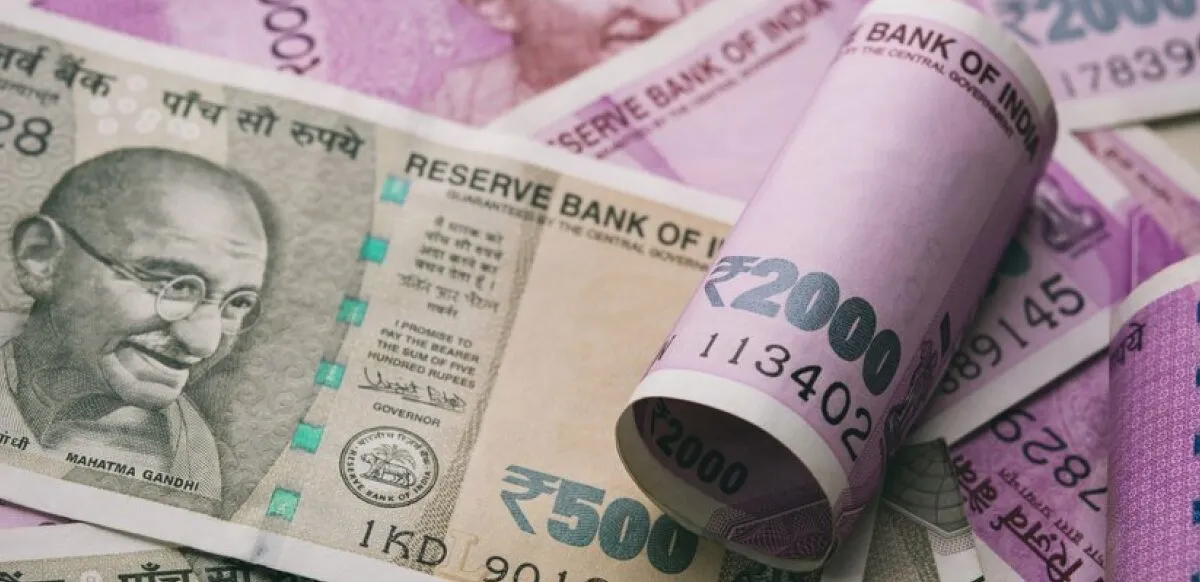
As she presented the Union Budget 2022, Nirmala Sitharaman stated Tuesday that the economy will expand at a rate of 9.27 percent over the next decade. The Finance Minister further stated that the Budget lays out a roadmap for the Indian economy from 75 to 100, noting the four pillars of development: fair advancement, productivity enhancement, energy transformation, and climate action.
According to the Finance Minister, Budget 2021–22 saw a significant level of public increased investment expenditure. The young, the elderly, farmers, and the poor will profit from this budget.
Here are some highlights from Budget 2022:
-
In a major push for virtual currency, Sitharaman announced that the RBI will begin issuing digital rupees using blockchain technology in 2022–23. According to the Finance Minister, this will provide a significant boost to the economy.
-
According to the FM, the Union Budget aims to set the basis andprovide a framework for the economy for the next 25 years, fromIndia at 75 to India at 100.
-
The income from the sale of any online virtual asset is subject to a 30% tax rate plus a 1% transaction tax.
-
The Finance Minister announced that the GST revenues forJanuary 2022 were Rs 1,40,986 crore, the most since the tax wasintroduced in 2017.
-
Health: A nationwide digital health ecosystem will be launched on an open platform. A “National Telemental Health Programme”would be created to provide high-quality mental illness counseling and treatment services.
-
Under the PM Awas Yojana, Rs 48,000 crore has been set aside tobuild 80 lakh dwellings by 2022–23.
-
According to the Finance Minister, long-term investment income will be paid at 15%.
-
In the years 2022–23, Rs 48,000 crores have been allotted for thecompletion of 80 lakh dwellings under the PM Awas Yojana invarious socio-economic regions.
-
All 1.5 lakh office buildings would be connected to the central banking system. 75 Digital Financial Units (DBUs) will beestablished in 75 districts by commercial banks.
-
The tax deduction limit for both federal and state governmentemployees will be raised from 10% to 14% to help stategovernment employees with their social security benefits and bring them up to par with federal government employees.
-
We have set the following four goals for moving forward with this parallel track: PM Gati Shakti, equitable growth, enhanced productivity and capital, sunrise opportunities, energy revolution and climate action, and investment financing, she added.
-
e-Passports with embedded chips and cutting-edge technologies will be issued.
-
Sitharaman also stated that the Output Linked Incentive Program for Aatmanirbhar Bharat has had a positive response, with the potential to generate 60 lakh new jobs and $30 billion in increased production over the next five years.

